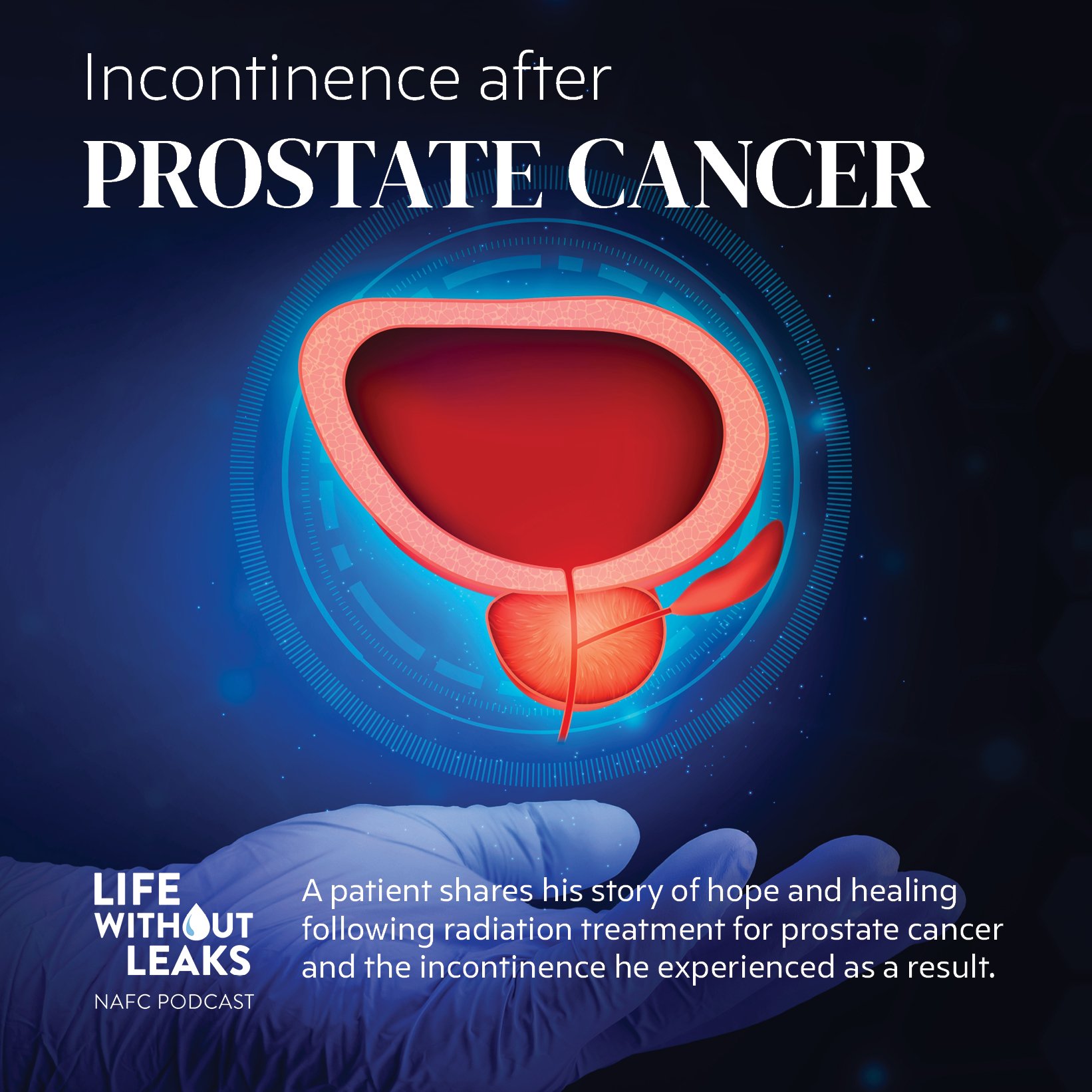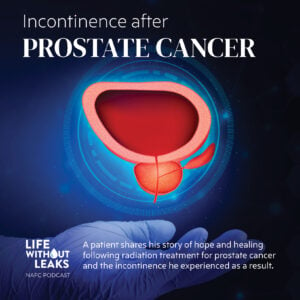As a pregnant woman, you are bombarded with information – books, blogs, websites, and even strangers on the street love to regale you with stories about what you can expect during this glorious time. Overly emotional? Check. Crazy heartburn? Yep. Strange cravings? You got it. Everyone has heard these stories and for most women, it’s not all that surprising when they experience them.
However, it’s what happens after pregnancy that no one talks about. But they should.
Urinary incontinence affects many women during pregnancy. The added stress and weight of your baby pushes down on your bladder, causing leakage that occurs when you cough, sneeze, or exert pressure on your abdominal muscles. This is known as stress urinary incontinence, or SUI. But did you know that you might also experience urinary incontinence after you have your baby?
Most women will experience some leakage after they give birth. This is natural. After all, your body has been stretched and pushed to its limits during childbirth, especially if you have given birth vaginally. However, while most women will see this symptom fade within the weeks after delivery, some will still experience leakage for months or even years after birth. And even if you saw this symptom disappear after childbirth, there is still a chance you may find it reoccur later on in life.
The good news is that there are things you can do to treat this problem. Pelvic floor muscle exercises can help strengthen your muscles during pregnancy, and also restore your muscle function after you’ve given birth. Need some guidance on how to perform them? Find a physical therapist that specializes in women’s health. He or she will conduct a full examination, and show you how to perform the proper exercises for your condition. A PT can be seen as soon as 6 weeks postpartum to ensure that things are healing properly and to help you start getting your muscle control back.
The truth is, a good pelvic floor workout should be a part of your daily routine no matter where you are in life. Pre-pregnancy, you’ll build up your muscle strength, which will help you if and when you become pregnant. Postpartum exercises will help you get your muscle tone back to where it was before you had birth, which can help ease or even eliminate incontinence symptoms you might experience. And continuing these simple exercises into your later years will help keep you strong as your body and hormones change and make you more susceptible to incontinence symptoms. So start today – it’s never too late, or too soon to get these muscles in check.

SUI Treatment Tracker
SIGN UP TO RECEIVE THE SUI TREATMENT TRACKER!
Have you started treatment for SUI? Sign up to receive our SUI Treatment Tracker and keep track of your progress! This 6 week program will help keep you on track and will help determine how your treatment is working.
Sign Up To Download The SUI Treatment Tracker Here!







2 Responses
I wish this information was available when I had my son 22 years ago. I suffered in silence for years with stress and urgency incontinence. Later I became an occupational therapist and the executive producer of Functional Fitness on Public Television. I no longer have this problem and designed a natural treatment called 30 Day Bladder Fix DVD to help other women.
Thanks so much for sharing this. It’s so important that those who are about to give birth know what to expect when it comes to recovering.